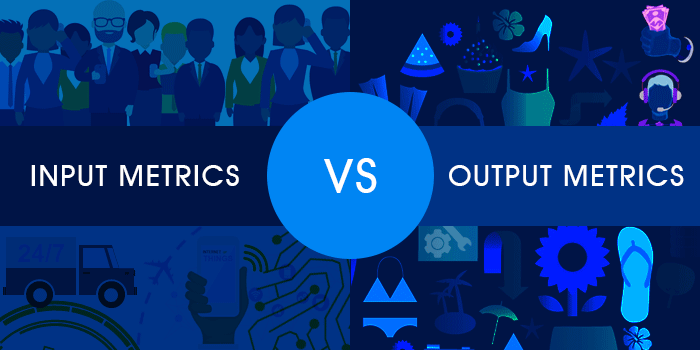In the drive for profitability, organisations often focus on increasing their revenue and not on improving their business efficiency. While growing the company’s revenue stream is important, increased income doesn’t always equate to increased profit.
When a company is not running efficiently, bringing in more business is the equivalent of filling a cracked bucket with water – it puts more strain on the bucket and the water will just keep leaking out. In the case of a company suffering from inefficiencies, more business can put unreasonable pressure on its employees and strain on its systems, resulting in control issues and increasing the company’s risk.
Many companies want to improve their efficiencies but simply don’t know where to start...
1) Evaluate
- ...the policies and procedures that drive your business strategy.
- ...the technology systems with which you run your business.
- ...which employees do what task, when and how long each task should take.
- ...how your business data is accessed, stored, and analysed.
Organisations are like living entities, they change strategies and management; add new products and services; implement different policies and technologies - all these changes can result in hard to find data, contradicting policies and redundant processes.
To maintain control, reduce inefficiencies and provide meaningful analytics, organisations need to regularly and objectively evaluate their policies, procedures, and metrics for success.
Start with what isn't working. Identify inefficient policies and processes and highlight areas where the greatest compliance risks exist.
2) Identify
- ...time consuming manual, repetitive tasks that can be automated.
- ...paper or email-based tasks that can be digitised and centrally managed.
- ...out-of-date, redundant, or unnecessarily complicated policies and processes.
- ...data that is captured in multiple systems offering no single source of accurate data.
- ...areas where the consequences of non-compliance are dire.
- ...policies that can be enforced through digitised systems.
- ...the insights that decision makers need to make good decisions.
While executives may cringe to admit it, many don’t have accurate insights into their business. When data is scattered across multiple systems, departments are siloed, and control is managed through policies alone, it becomes challenging to gain meaningful insights into the business. For example, metrics on how well the business is converting inputs (such as labour, materials, and capital) into outputs (like revenue, products and services) are difficult to assemble.
To improve efficiencies and remain competitive, it is important for companies to know what they’re doing well and what they need to improve on.
3) Benchmark
- ...your company’s current performance.
- ...against other companies in your industry.
- ...the performance of your business processes against similar processes.
Benchmarking is an ongoing process of measuring and improving business practices. It’s important that you focus on being innovative and gaining insight into excellent work processes, rather than emulating others in your industry.
4) Don’t Do It Alone
Constantly tracking and improving business processes can become a time draining exercise all on its own, that’s why most maturing companies rely on BPM technology to get the job done.
BPM technology consists of tools that are used to help companies run their business processes digitally. Rather than sending emails or WhatsApp messages back and forth to coordinate tasks, the software handles that for users. The software spans across systems, departments, and even countries – connecting employees to their data and tasks.
5) Know When To Stop
While it’s important to smooth out as many wrinkles as possible to help your company run efficiently, you also need to know where to draw the line. Not every process can, or should, be automated, no every byte of data needs to be stored, and not every system requires an overhaul.
Once you have a plan in place to improve your business efficiencies, get feedback. Your employees and suppliers are the best people to let you know whether your plans are working or not. With feedback and testing, you improve your business efficiencies - while growing and strengthening your company.
Read our article, How Well Do You Know Your Business Processes? for several quick tips to get you started on your process clean-up.
To find out how CIOs can use policies to their advantage read our article Does CIO stand for 'Corporate Intelligence Officer'?
-------v--------
To find out more about the BPM Software or Consulting Services that
FlowCentric Technologies offers, simply request a call, we’d be happy to help!



